Tandoori Masala: Spice Up Your Life with These 7 Sizzling Tips!
If you’ve ever bitten into a piece of tandoori chicken and felt like your taste buds just joined a Bollywood dance number—welcome to the magic of tandoori masala! This vibrant spice blend is more than just a kitchen staple; it’s a cultural icon, a flavor bomb, and a culinary passport to South Asia.
Table of Contents
- What Is Tandoori Masala?
- A Brief History & Origins
- Flavor Profile Breakdown
- Store-Bought vs Homemade: Which One Wins?
- How to Use It Like a Pro
- DIY Tandoori Masala Recipe
- Pairing with Proteins & Veggies
- Storage Tips for Maximum Shelf Life
- Creative Recipes Beyond Chicken
- Myths vs Facts
- Conclusion
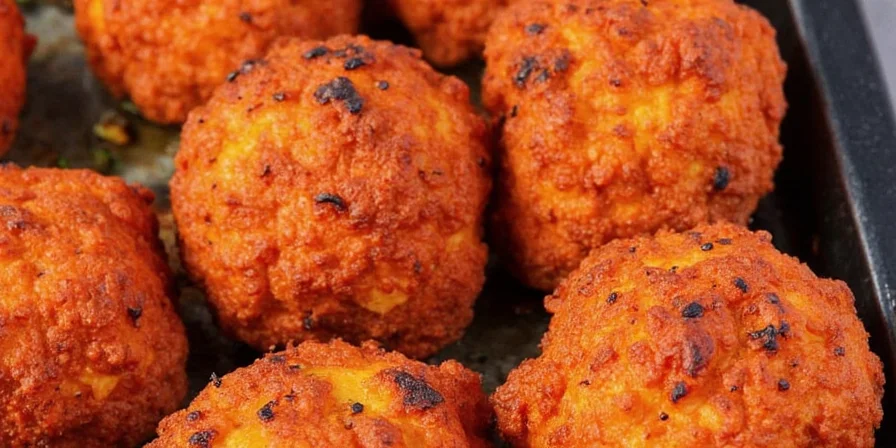
What Is Tandoori Masala?
Tandoori masala is a fragrant, fiery, and flavorful spice blend originating from the Indian subcontinent. Unlike single-note spices like cumin or coriander, this mix brings together a full ensemble of aromatics including chili, ginger, garlic, turmeric, and fenugreek. The result? A bold, earthy, slightly smoky seasoning that transforms even the humblest ingredients into something extraordinary.
A Brief History & Origins
The origins of tandoori masala can be traced back to ancient North India, particularly Punjab and surrounding regions. The name itself comes from the tandoor, a cylindrical clay oven traditionally used for baking flatbreads and roasting meats.
Originally developed by street vendors and home cooks alike, the blend was crafted to infuse meats with intense flavor while they roasted quickly over open flames. Over time, tandoori masala made its way into restaurants, then kitchens around the world, becoming one of the most recognizable spice mixes in global cuisine.
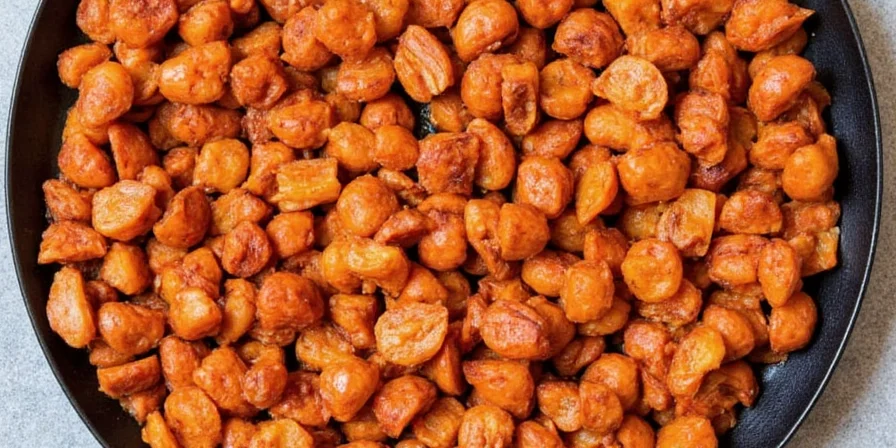
Flavor Profile Breakdown
Tandoori masala isn’t just spicy—it’s a layered symphony of heat, warmth, bitterness, and sweetness. Here’s a breakdown of what each ingredient contributes:
| Spice | Flavor Contribution |
|---|---|
| Cayenne Pepper | Heat & brightness |
| Coriander | Earthy, citrusy undertone |
| Cumin | Smoky, nutty base |
| Turmeric | Eartly depth + golden hue |
| Ginger | Sharp bite & warmth |
| Fenugreek | Bitter-sweet, maple-like aroma |
| Garlic Powder | Pungent richness |
| Kashmiri Chili | Vibrant red color + mild heat |
Store-Bought vs Homemade: Which One Wins?
While store-bought tandoori masala offers convenience, homemade versions give you total control over flavor intensity and ingredient quality. Let’s compare:
| Aspect | Store-Bought | Homemade |
|---|---|---|
| Convenience | ⭐️⭐️⭐️⭐️ | ⭐️ |
| Customization | ⭐️ | ⭐️⭐️⭐️⭐️⭐️ |
| Shelf Life | 6–12 months | 3–6 months |
| Cost | $$ | $$ |
| Flavor Depth | Good | Superior |
How to Use It Like a Pro
Ready to go beyond just marinating chicken? Try these pro tips:
- Marinate Overnight: For deep flavor penetration, let meat soak up the masala for at least 6 hours.
- Combine with Yogurt: Acts as a tenderizer and carrier for all those glorious spices.
- Add at Different Stages: Sprinkle some before cooking, then again toward the end for an aromatic finish.
- Toast First: Lightly dry-roast the masala to unlock hidden flavors before using in curries or rice dishes.
- Use as a Dry Rub: Perfect for grilling veggies or tofu!

DIY Tandoori Masala Recipe
Ready to whip up your own batch? Here's a balanced blend for rich, complex flavor:
Ingredients:
- 2 tbsp ground cumin
- 2 tbsp ground coriander
- 1 tbsp Kashmiri red chili powder
- 1 tsp turmeric
- 1 tsp ground ginger
- ½ tsp ground fenugreek
- ½ tsp garlic powder
- ¼ tsp cardamom (optional)
- ¼ tsp cloves (optional)
- ¼ tsp cinnamon (optional)
Instructions:
- Combine all spices in a bowl.
- Mix thoroughly until evenly blended.
- Store in an airtight container away from light.
- Label and date your batch!
Pairing with Proteins & Veggies
Tandoori masala isn’t just for chicken anymore! Here’s how to use it across different foods:
| Ingredient | Suggested Prep |
|---|---|
| Chicken Thighs | Marinate, grill or bake |
| Lamb Chops | Dry rub, sear or roast |
| Tofu Cubes | Press first, then coat and pan-fry |
| Eggplant | Brush with oil, sprinkle masala, roast |
| Cauliflower | Toss with oil and masala, air fry |
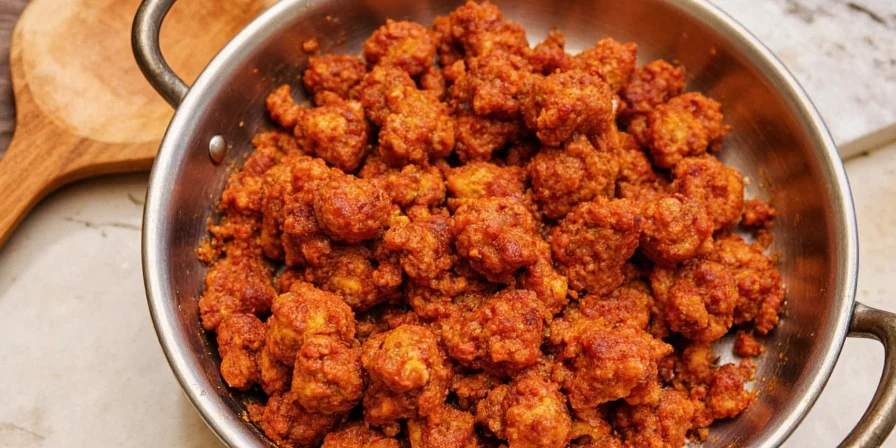
Storage Tips for Maximum Shelf Life
Keep your tandoori masala fresh longer with these smart storage hacks:
- Use glass jars with tight lids—not plastic containers.
- Store in a cool, dark place—avoid direct sunlight.
- Grind spices in small batches to keep them potent.
- Freeze unused portion if not used within 3–4 months.
- Label and rotate—don’t let old spices collect dust!
Creative Recipes Beyond Chicken
Think outside the tandoor and try these unexpected uses:
- Tandoori Popcorn: Toss freshly popped corn with melted butter and a dash of masala.
- Spiced Lentil Dip: Mix with yogurt, tahini, and chickpeas for a zesty dip.
- Grilled Paneer Skewers: Coat paneer cubes and grill until charred.
- Rice Pilaf Upgrade: Toast a spoonful in ghee before adding rice and broth.
- Tandoori Bloody Mary: Rim the glass with the masala for a spicy twist.
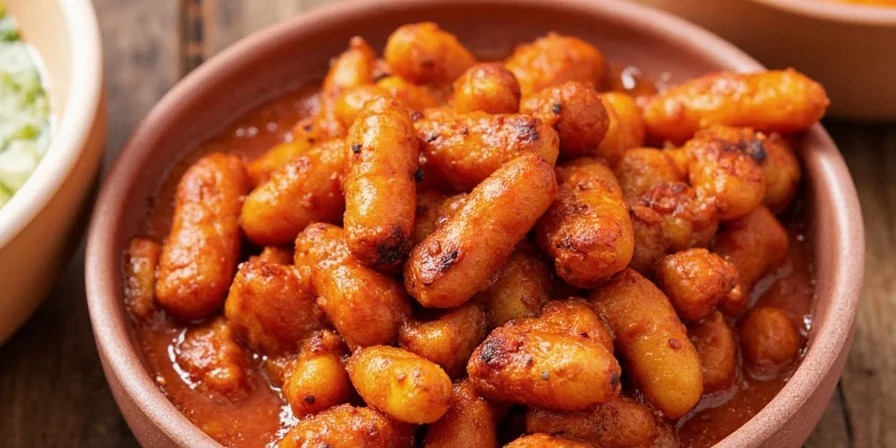
Myths vs Facts
Let’s separate fact from fiction when it comes to tandoori masala:
| Myth | Fact |
|---|---|
| It’s always super spicy | Can be adjusted—use less chili for milder versions |
| Only works with chicken | Great on veggies, fish, tofu, and even popcorn! |
| Must be cooked in a tandoor | Oven, grill, or stovetop work well too |
| All blends are the same | Each region has its own variation and family secrets |
| One-size-fits-all usage | Best results when tailored per dish and desired flavor |
Conclusion
Tandoori masala is more than a spice blend—it’s a flavor story passed through generations, adapted by cultures, and now ready to spice up your kitchen. Whether you buy it off the shelf or grind your own, this powerhouse of flavor deserves a permanent spot in your pantry.
So why not start tonight? Whip up a quick marinade, throw it on skewers, or jazz up your next snack mix. With these tips and tricks, your meals will never taste the same—and that’s a good thing!


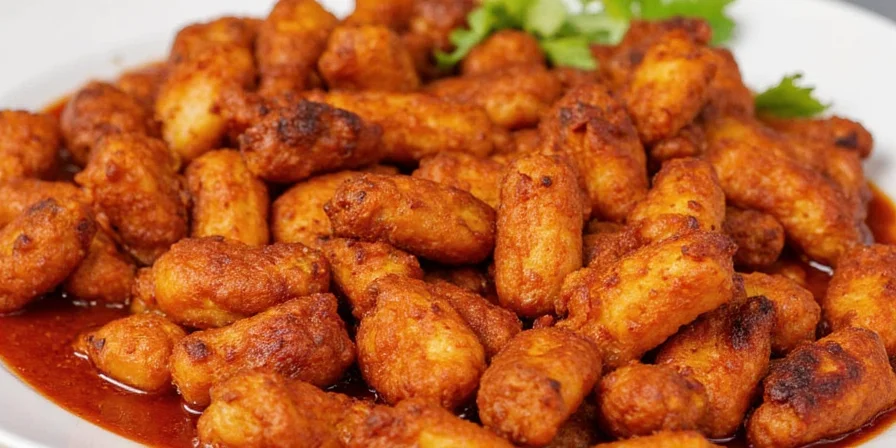









 浙公网安备
33010002000092号
浙公网安备
33010002000092号 浙B2-20120091-4
浙B2-20120091-4